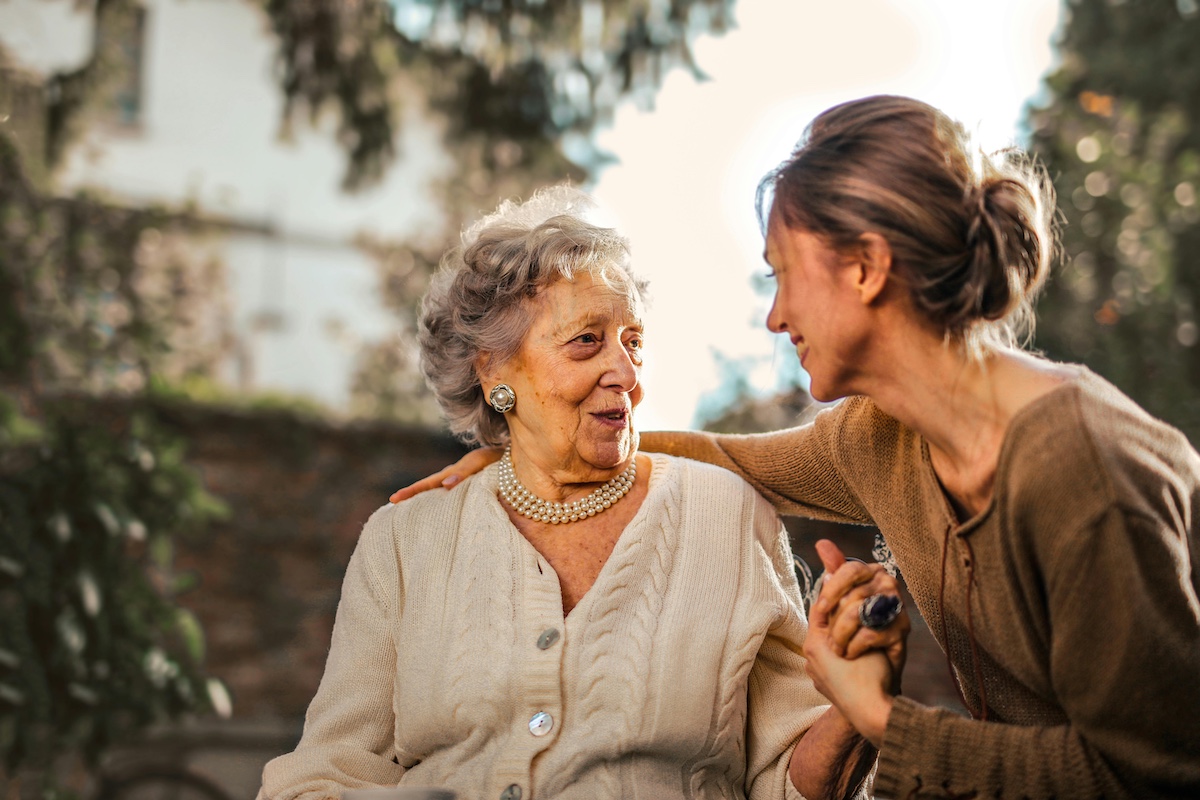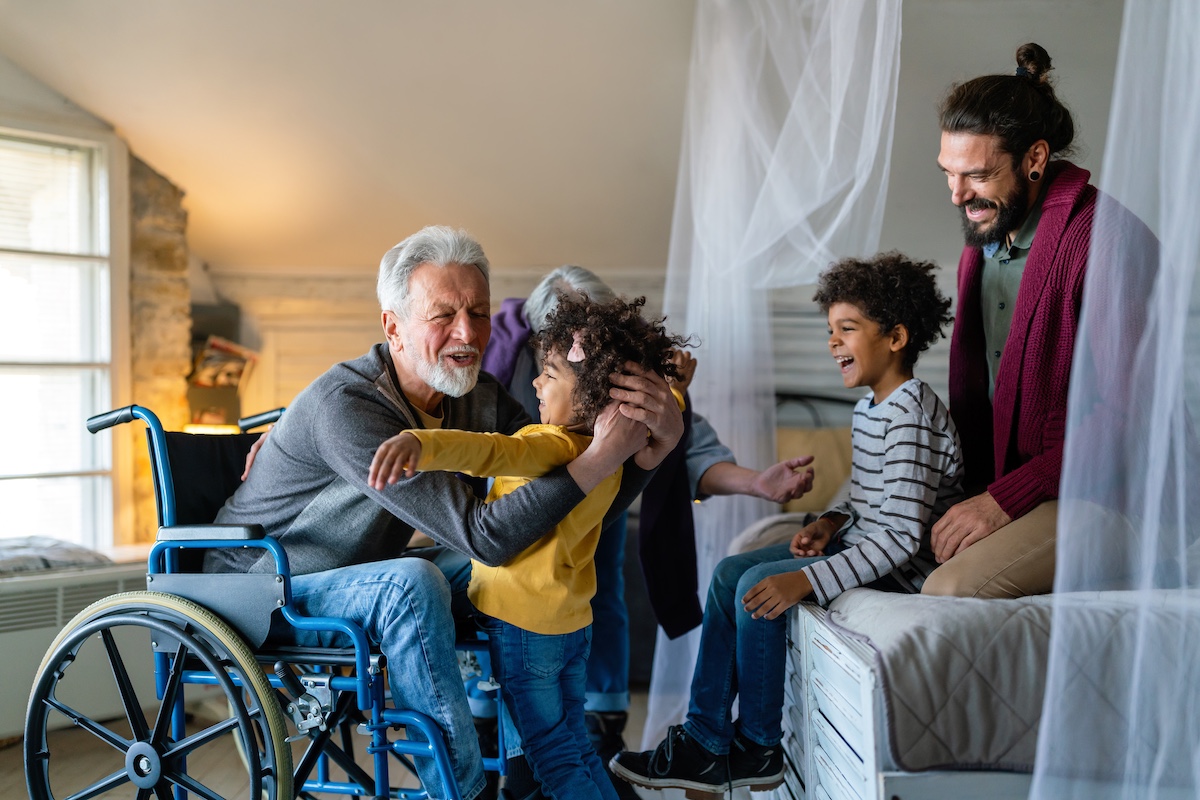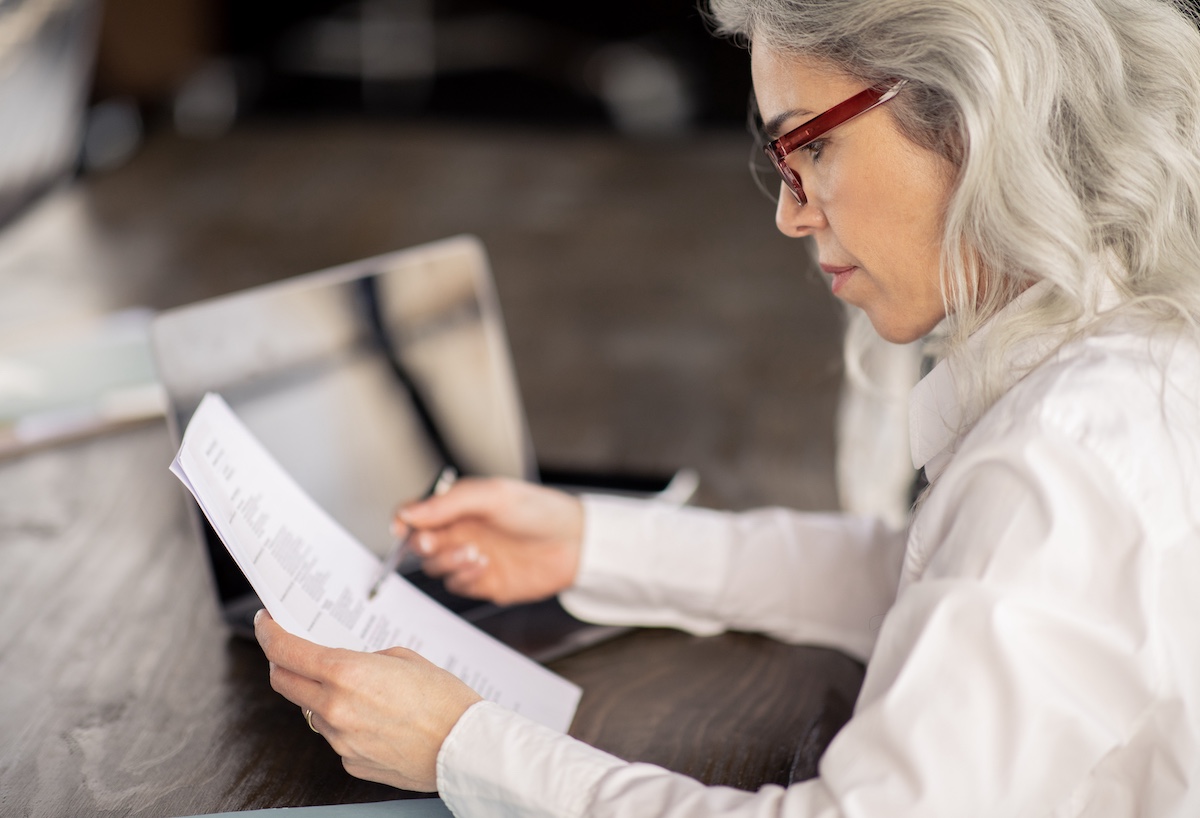Winter brings cold temperatures, icy conditions, and shorter days – factors that can significantly increase the risk of falls for older adults. For seniors, a fall can lead to serious injuries such as fractures, sprains, or head trauma, and recovery can be long and challenging.
Even inside the home, hazards become more pronounced during winter due to dry air, bulky clothing, slippery entryways, and changes in mobility or balance.
The good news is that families and caregivers can take meaningful steps to reduce fall risks and help seniors stay safe, comfortable, and confident throughout the winter months. Here’s a comprehensive guide to understanding why winter falls happen and how to prevent them.
Why Winter Poses Higher Fall Risks for Seniors
Before diving into prevention, it’s important to understand why winter increases fall hazards for older adults:
- Slippery outdoor surfaces from snow, ice, or sleet
- Reduced daylight hours, which make it hard to see obstacles
- Cold temperatures can stiffen joints and affect balance
- Bulky clothing that may limit mobility or catch on furniture
- Dry indoor air that worsens dizziness or dehydration
- Seasonal illnesses that weaken muscles or cause fatigue
With these challenges in mind, caregivers can prepare homes and routines to better protect seniors during the coldest months of the year.
1. Keep Walkways Clear and Dry
Slip-and-fall accidents often happen just outside the home—at the porch, steps, or driveway. One misstep on ice can lead to a dangerous fall.
Safety tips:
- Shovel walkways promptly after snowfalls
- Apply salt or pet-safe ice melt to paths, porches, and driveways
- Use non-slip doormats inside and outside entryways
- Consider hiring snow-removal services if mobility is limited
Even small patches of ice can be hazardous, so make a habit of checking outdoor areas daily.
2. Improve Indoor Lighting
Shorter winter days can make homes darker, increasing the likelihood of tripping over unseen obstacles.
Ways to brighten the home:
- Install nightlights in hallways, bathrooms, and bedrooms
- Add brighter bulbs to living areas, but avoid harsh glare
- Use motion-sensor lights in frequently used spaces
- Keep window coverings open during the day to maximize natural light
Better lighting helps seniors maintain visibility and avoid accidental missteps.
3. Keep Floors Clutter-Free and Slip-Resistant
Indoor fall risks increase in winter due to wet floors, scattered shoes, and clutter moved indoors from the cold.
Protective steps include:
- Remove loose throw rugs or secure them with non-slip backing
- Wipe up any water tracked in from snow or rain immediately
- Keep walkways free of cords, clutter, and bulky items
- Use slip-resistant mats in the kitchen and bathroom
A tidy, hazard-free floor plan makes moving around far safer for seniors.
4. Encourage Proper Footwear
The wrong pair of shoes or slippers is one of the most common contributors to winter falls.
Choose footwear that offers:
- Rubber, non-slip soles
- Good ankle support
- A secure fit with Velcro or laces
- Insulation against cold weather
Avoid slippers without grip, backless shoes, and worn-out soles. Indoors, non-slip socks can help, but should not replace solid footwear.
5. Keep the Home Warm and Comfortable
Cold temperatures can affect balance, stiffen joints, increase pain, and make walking more difficult.
To keep seniors comfortable:
- Maintain indoor temperatures between 68–72°F
- Dress in warm layers that allow movement
- Avoid overly bulky clothing that restricts mobility
- Use blankets, heating pads, or warm socks safely
- Check for drafts around windows and doors
Warm muscles are safer muscles reducing the risk of sudden slips or wobbling.
6. Use Mobility Aids and Safety Equipment
Many falls happen because seniors hesitate to use or don’t have mobility aids that suit their needs.
Helpful tools may include:
- Canes or walkers
- Handrails along stairs and hallways
- Grab bars in bathrooms
- Shower chairs or benches
- Raised toilet seats
- Non-slip tub or shower mats
Even small additions can make moving around significantly safer.
7. Review Medications for Side Effects
Winter is a common time for medication changes due to seasonal illnesses. Some prescriptions or combinations can cause dizziness, fatigue, or slowed reaction times.
Ask a doctor or pharmacist to review medications for:
- Interactions
- Side effects that increase fall risk
- Necessary dosage adjustments
Keeping medications optimized helps maintain balance, awareness, and stability.
8. Prioritize Hydration and Nutrition
Seniors often drink less water in winter, leading to dehydration which can cause dizziness, confusion, and weakness.
Hydration and nutrition tips:
- Encourage warm drinks like herbal tea or broth
- Offer hydrating foods such as soups, fruits, and vegetables
- Monitor water intake throughout the day
- Ensure meals are nutrient-rich to support muscle strength
Proper hydration supports balance and reduces the chance of sudden falls.
9. Encourage Safe Physical Activity
Regular physical activity helps maintain muscle strength, balance, and mobility, key components in fall prevention. Even simple, low-impact exercises can make a big difference.
Activities might include:
- Stretching or light yoga
- Chair exercises
- Balance training
- Indoor walking
- Gentle strength-building routines
Before starting any new exercise, consult a healthcare provider, especially for seniors with chronic conditions.
10. Plan Safe Outings and Transportation
Traveling in winter, whether to appointments or family gatherings, requires extra caution.
Tips for safer winter travel:
- Choose transportation with safe, senior-friendly access
- Allow extra time to avoid rushing
- Use handrails and assistive devices when getting in or out of vehicles
- Avoid going out during icy conditions if possible
- Have a caregiver accompany the senior on outings
Limiting unnecessary trips during severe weather can also reduce fall-related injuries.
11. Encourage Seniors to Move Slowly and Carefully
Winter conditions call for extra patience. Rushing increases the risk of falls indoors and outdoors.
Encourage habits like:
- Rising slowly from chairs or beds
- Taking small steps
- Using support devices consistently
- Pausing before stepping onto new surfaces
Remind seniors that it’s okay to take their time; safety is the priority.
Final Thoughts
Winter can be a challenging season for seniors, especially when it comes to preventing falls. By making thoughtful adjustments to the home environment, encouraging healthy habits, and providing mobility support, families and caregivers can dramatically reduce the risk of injury.
Most importantly, staying attentive and proactive ensures that seniors feel safe, confident, and cared for throughout the winter months.
With preparation and awareness, your loved one can enjoy a safe and comfortable season even when the temperatures dip.


